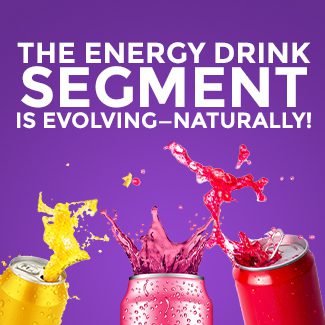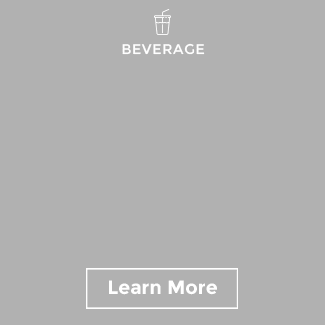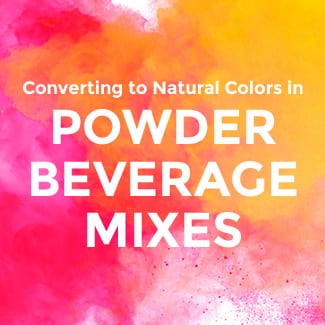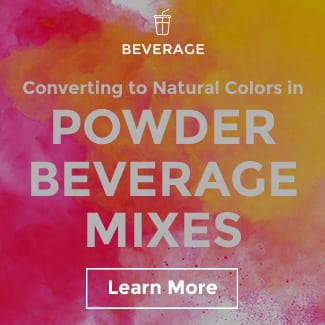Cost-Effective Natural Red Beverage Colors
Developing Cost-Effective Natural Colors
The ideal food color maximizes visual impact in a cost-effective manner. As a vertically-integrated natural color supplier, delivering on that goal can be achieved a few ways:



A key focus of Sensient’s agronomy program is to improve cost-in-use over time by increasing pigment levels in key color crops like black carrot. “Together, our vertical integration and Seed-to-Shelf initiative enable us to provide leading food and beverage manufacturers with increased cost stability and a secure supply of colors from natural sources,” notes Paul Manning, President and CEO of Sensient Technologies.
While site and varietal selection help to improve our color botanical’s yield and crop productivity, our agronomists are additionally naturally breeding varietals for improved crop resistance and increased pigment concentration. For black carrots, this means the darkest color with optimized root volume for anthocyanin pigment content. One example is Sensient’s patent-pending Purple Royale, a highly concentrated black carrot natural red food coloring source—a product resulting from our non-GMO botanical selective seed breeding program.




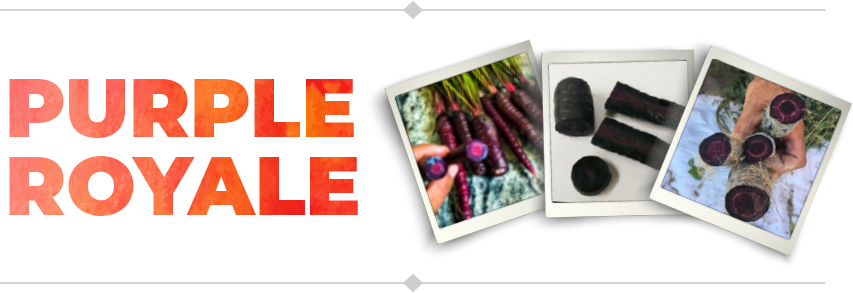
Black Carrot in Beverages
In the last ten years, the frequency of black carrot as an ingredient in beverages has increased by a factor of more than 10 (Mintel 2020), most likely due to its vibrant and appealing range of red shades. As an anthocyanin, this vegetable juice color thrives in low-pH, high-water-activity systems in a wide range of beverage systems from sports drinks and seltzers, to kombuchas and syrups.
Other anthocyanin sources commonly used for natural color in food and beverage products include grape skin and Sensient’s Natural Blue Vegetable Juice. Sensient’s line of anthocyanin-based natural colors, Majestic Anthos™, performs beautifully in beverages as well as other low-pH high-water-activity applications such as dressings and sauces. Wildberry Antho™, Ruby Antho™, and Crimson Antho™ all impart bold red shades and are available in both powder and liquid formats. They are currently available to sample for developers considering a red or pink shade for upcoming projects.
Color is an extremely valuable ingredient in beverages, as it enhances the overall flavor perception immediately. According to a Sensient large-scale consumer research study, more vibrant and brighter color increases consumer purchase intent by 6%, a potentially substantial financial impact.
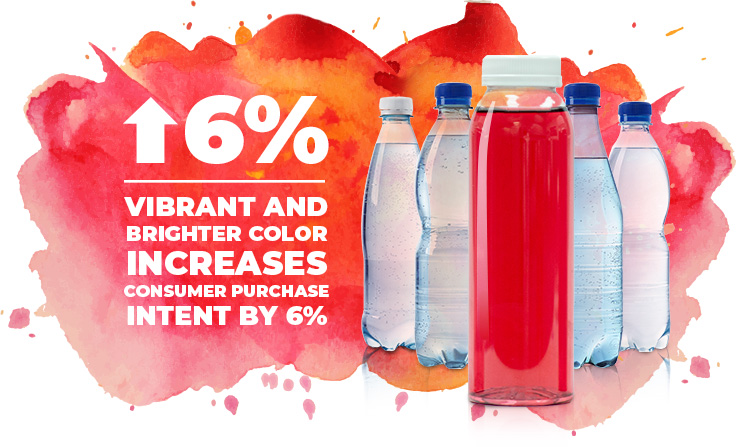
Black carrots are a naturally versatile and bright option for beverages, as they can provide a range of shade options from bright reds to magentas to fuchsia purples with comparable usage rates.


Black carrot isn’t limited to beverages though, frozen novelties can also benefit from a cost-effective red anthocyanin colorant. Since novelties are relatively acidic and water-based like a simple beverage system, anthocyanins like black carrots are great natural color sources for ice pops and other frozen treats.
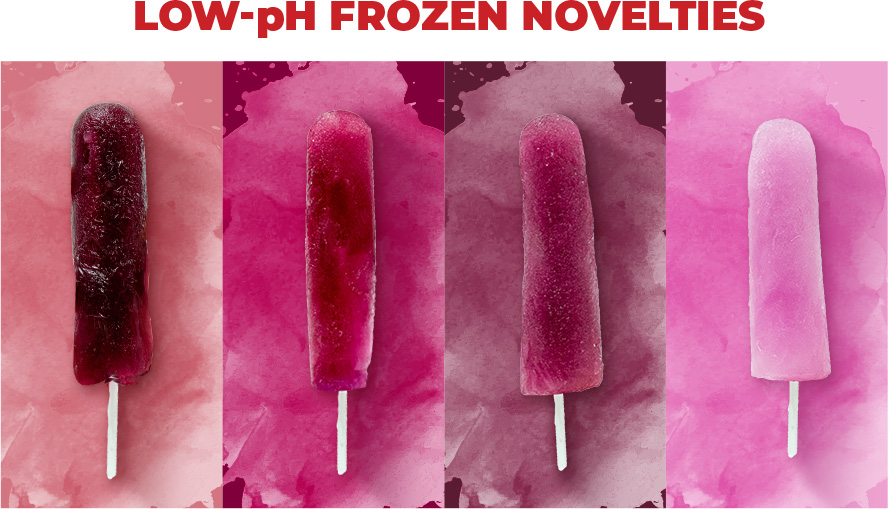
My team loves to recommend Sensient’s black carrot options because they provide cost-effective natural red shade options across a range of beverage applications.
If you have a project that would benefit from a red hue, request a sample!
Need help getting started or have questions about black carrot’s performance in a particular application? Schedule a consultation with me or one of our other expert color technologists.







